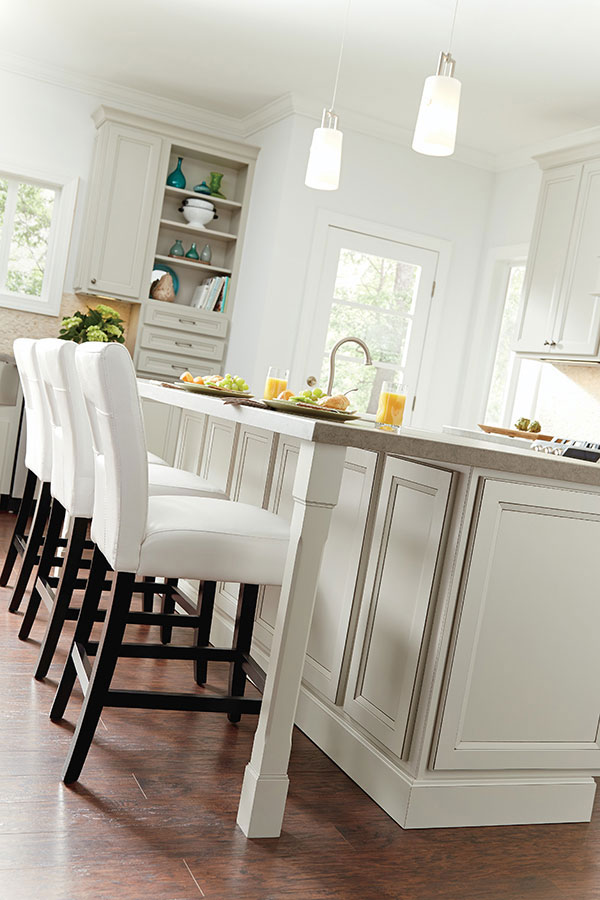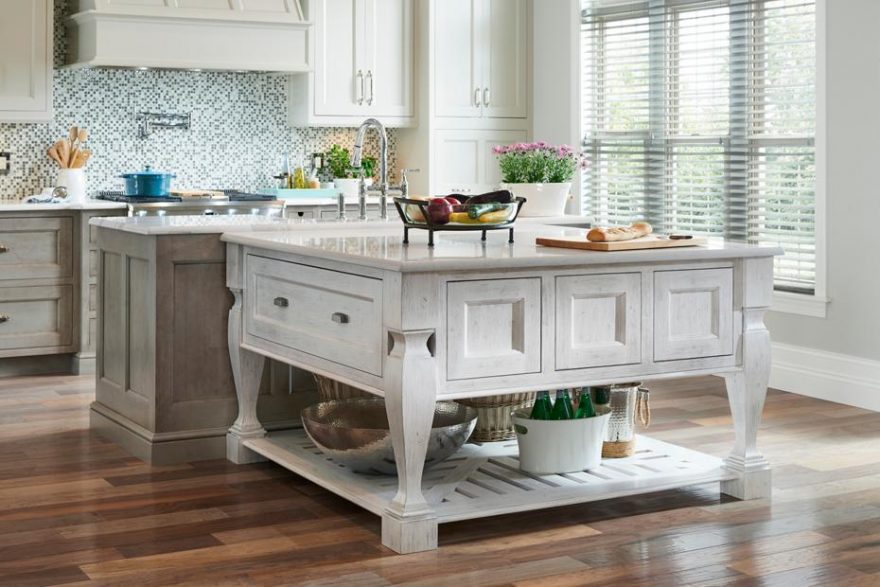Add Charm and Character to Your Area with Legs For Kitchen Island Creations
Add Charm and Character to Your Area with Legs For Kitchen Island Creations
Blog Article
An Overview to Choosing the Perfect Legs For Kitchen Island for Your Home
Choosing the ideal legs for your cooking area island is a nuanced decision that impacts both the functionality and visual allure of this central space. Variables such as elevation, products, and style play an important function in balancing your island with the total cooking area design. Furthermore, comprehending the value of stability and maintenance can dramatically influence your option. As you think about these elements, it becomes noticeable that the ideal legs can transform not just the look of your cooking area but also its usability for many years to find. What specific functions should you focus on in this selection process?

Recognizing Kitchen Island Legs
When selecting legs for a kitchen area island, it's vital to comprehend their useful and aesthetic duties in the overall design. The legs work as a vital support group, making certain security and longevity for the island, which commonly works as an office, dining area, or collecting area. As a result, the option of product and building and construction strategy must be durable sufficient to endure daily use and potential wear.
Along with their architectural responsibilities, legs add significantly to the island's aesthetic appeal. They can boost the kitchen's design, whether with conventional, contemporary, or diverse styles. The height and proportion of the legs are also critical factors to consider; they should balance with the island's counter top height while guaranteeing comfortable seating for those utilizing the area.
Moreover, the leg layout can influence the overall circulation of the cooking area. Open, airy leg styles can develop a sense of agility, while strong, considerable legs may convey a more grounded and stable aesthetic - Legs For Kitchen Island. Comprehending these practical and aesthetic aspects will certainly lead homeowners in making notified selections that match their cooking area's design and boost its usability
Popular Styles and Materials
The choice of legs for a kitchen island encompasses a selection of prominent designs and materials, each offering special features that can boost both performance and aesthetics. Among one of the most desired designs are contemporary, rustic, and typical. Contemporary legs usually feature streamlined, minimalist styles that emphasize simpleness and tidy lines, making them optimal for contemporary kitchens. Rustic designs, on the other hand, accept natural aspects and typically showcase redeemed wood or troubled surfaces, including warmth and beauty to the space. Typical legs normally exhibit elaborate information and craftsmanship, boosting classic kitchen designs.

Height and Security Considerations

Stability is another vital factor to consider. The legs of the kitchen area island should give appropriate assistance, making certain that the framework can withstand everyday use without moving or tottering. Product choice plays a significant duty in stability; metal legs, for example, have a tendency to provide better stamina contrasted to wood. Additionally, making sure that the island is securely secured to the floor or wall can boost stability, specifically for larger islands that might bear substantial weight.
Matching Your Kitchen Area Visual
Selecting the best legs for your cooking area island exceeds performance; it likewise plays a significant role in the general visual of the space. When choosing legs, think about the layout style of your kitchen. For a contemporary look, click to investigate streamlined steel or minimal layouts can create a tidy, modern vibe. On the various other hand, conventional or rustic kitchens frequently gain from wood legs with detailed describing or a distressed finish, enhancing warmth and character.
Shade is an additional critical element. Legs that match or contrast with your island's surface and surrounding cabinetry can create aesthetic consistency or striking centerpieces. Combining dark wood legs with a light marble countertop can add deepness and rate of interest. Furthermore, think about the finish of the legs; matte, shiny, or distinctive surfaces can considerably impact the total feeling of the kitchen.
Installment and Upkeep Tips
Mounting kitchen area island legs needs mindful interest to detail to make certain both stability and visual charm. Begin by selecting an ideal place for your island, guaranteeing it is level and has ample area for movement. Utilize a stud finder to locate wall surface studs if you are attaching the legs to a wall surface or using braces for added support. Mark the positioning of the legs properly prior to boring.
When protecting the legs, make use of top quality screws and, read what he said if essential, wood glue for extra toughness. For steel legs, guarantee that you are utilizing ideal anchors and tools to stop damages to your floor covering. It is recommended to look for levelness after setup, making adjustments as required to avoid tottering.
Upkeep is similarly essential for long life - Legs For Kitchen Island. Consistently examine the legs for any indicators of wear or loosening, especially in high-traffic locations. Tidy the legs with a suitable cleaner, avoiding rough products that may damage the surface area. For wood legs, take into consideration using a wood conditioner periodically to keep their coating. By complying with these installment and maintenance suggestions, you can guarantee that your kitchen area island legs stay both practical and aesthetically appealing.
Verdict
To conclude, choosing the ideal legs for a cooking area island demands cautious consideration of height, security, and visual compatibility. By choosing suitable products and styles that align with the total kitchen area style, capability can be Legs For Kitchen Island improved while maintaining aesthetic charm. Correct installment and continuous maintenance better add to the longevity and long life of the kitchen area island. Eventually, thoughtful leg selection plays an essential duty in boosting both the functionality and layout of the kitchen area area.
When selecting legs for a kitchen island, it's important to comprehend their functional and aesthetic functions in the general style. Open, ventilated leg designs can create a feeling of lightness, while solid, significant legs may share a more grounded and steady visual. The legs of the kitchen area island should supply ample support, making sure that the structure can hold up against daily use without tottering or shifting.Mounting kitchen island legs needs mindful attention to detail to make sure both security and visual appeal.In verdict, selecting the suitable legs for a kitchen area island necessitates cautious factor to consider of elevation, security, and visual compatibility.
Report this page